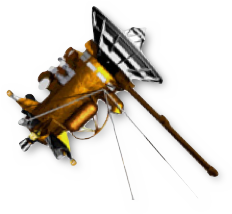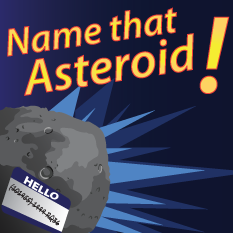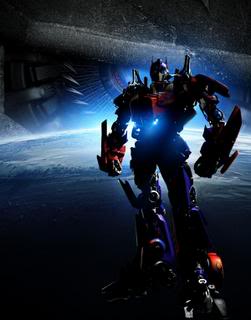The Center for the Advancement of Science in Space (CASIS), the nonprofit organization managing research onboard the International Space Station (ISS) U.S. National Laboratory, today announced a four-week contest titled “What Would You Send to the ISS?”, which is open to the general public for submissions. Unlike Requests for Proposals CASIS has previously released, submissions for this contest can simply be ideas or concepts, not precise proposals for research. The contest runs through September 16, 2013, just in time to get your students’ creative juices flowing.
To learn more about this contest and how to submit an idea, visit http://www.iss-casis.org/Opportunities/Solicitations/RFIYourIdeaInSpace.aspx
Be sure to check out all of the ISS-related NASA Now classroom videos and featured lessons on the NES Virtual Campus. Just log into the Virtual Campus and search for “ISS” to see the list of 16 classroom-ready resources to inspire you and your students.


 Students worldwide have an opportunity to name an asteroid from which an upcoming NASA mission will return samples to Earth. Scheduled to launch in 2016, the mission is called the Origins-Spectral Interpretation-Resource Identification-Security-Regolith Explorer, or OSIRIS-REx. The competition is open to students under age 18. Each contestant can submit one name, up to 16 characters long. Entries must include a short explanation and rationale for the name. The contest deadline is Dec. 2, 2012.
Students worldwide have an opportunity to name an asteroid from which an upcoming NASA mission will return samples to Earth. Scheduled to launch in 2016, the mission is called the Origins-Spectral Interpretation-Resource Identification-Security-Regolith Explorer, or OSIRIS-REx. The competition is open to students under age 18. Each contestant can submit one name, up to 16 characters long. Entries must include a short explanation and rationale for the name. The contest deadline is Dec. 2, 2012. NASA has opened registration for the 2011 OPTIMUS PRIME Spinoff Award Contest. Featuring OPTIMUS PRIME, the leader of the popular TRANSFORMERS brand, the contest highlights spinoffs from NASA technologies that are used on Earth. The goal is to help students understand the benefits of NASA technology to their daily lives. Last year’s contest was open to students in grades 3-8 and resulted in 76 video submissions from over 190 students in 31 states.
NASA has opened registration for the 2011 OPTIMUS PRIME Spinoff Award Contest. Featuring OPTIMUS PRIME, the leader of the popular TRANSFORMERS brand, the contest highlights spinoffs from NASA technologies that are used on Earth. The goal is to help students understand the benefits of NASA technology to their daily lives. Last year’s contest was open to students in grades 3-8 and resulted in 76 video submissions from over 190 students in 31 states. NASA is offering students the opportunity to compete in two microgravity challenges: “Dropping In a Microgravity Environment,” or DIME, and “What If No Gravity?” or WING.
NASA is offering students the opportunity to compete in two microgravity challenges: “Dropping In a Microgravity Environment,” or DIME, and “What If No Gravity?” or WING.
 If you’re 14 to 18 years old, come up with a science experiment for space and upload a video explaining it to YouTube. If your idea wins, it will be performed on the International Space Station and live streamed on YouTube to the world. And you’ll get some out-of-this-world prizes, too.
If you’re 14 to 18 years old, come up with a science experiment for space and upload a video explaining it to YouTube. If your idea wins, it will be performed on the International Space Station and live streamed on YouTube to the world. And you’ll get some out-of-this-world prizes, too. NASA has a class assignment for U.S. students: help the agency give the twin GRAIL mission spacecraft headed to orbit around the moon new names.
NASA has a class assignment for U.S. students: help the agency give the twin GRAIL mission spacecraft headed to orbit around the moon new names. “Because It Flew,” or BIF, is a free educational program that introduces students in grades 4-12 (ages 9-17) to the impact of the Space Shuttle Program on our planet and people. This engaging and informative project commemorates the 30-year history of the shuttle program. BIF consists of two elements: optional educational activities and the NASA Space Shuttle Art Competition. Entries in the competition are due Aug. 5, 2011. BIF is a joint education initiative of NASA, the National Institute of Aerospace and USA Today Education.
“Because It Flew,” or BIF, is a free educational program that introduces students in grades 4-12 (ages 9-17) to the impact of the Space Shuttle Program on our planet and people. This engaging and informative project commemorates the 30-year history of the shuttle program. BIF consists of two elements: optional educational activities and the NASA Space Shuttle Art Competition. Entries in the competition are due Aug. 5, 2011. BIF is a joint education initiative of NASA, the National Institute of Aerospace and USA Today Education.